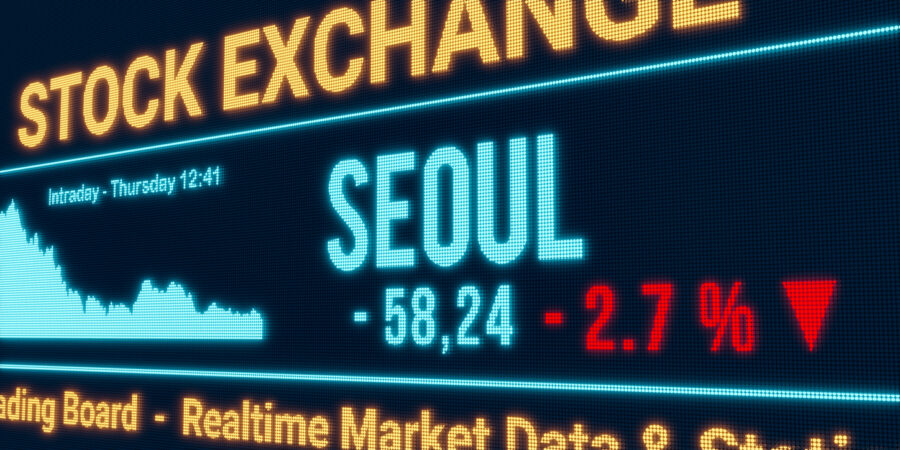
Scenario 1: Democratic Party of Korea (Democrats) push for impeachment, leading to a new president by April/May 2025. Consensus is scenario #1, as Democrats hold the majority at the government level. So they’re going to try to push the Constitutional Court to get this impeachment approved and done as soon as possible, which is about February/March 2025 timeline. Then when that goes through, Korea is going to have about 60 days to elect new president.
If that timeline works, we’re going to have new president by about April/May 2025, and the most likely candidate is Democratic Party leader Lee Jae-myung, considered a bit more left and radical than other candidates. But there is one complicating factor: Jae-myung himself is going through trials on election law violations; the first of which resulted in a guilty verdict, with an appeal ongoing. If the guilty verdict is confirmed, this would make him ineligible to run for a public office, due to Article 19 of the Public Official Election Act.
Scenario 2: A whole new slew of candidates (from both the right and the left) running for presidential election. It would be a process of elimination if Lee Jae-myung is unable to overturn the election tampering verdict and the Constitutional Court impeaches President Yoon. There’s a short list of people from each party, but it may constitute some infighting before a clear frontrunner comes to the fore.





This blog was penned by Kenneth Kim, Assistant Portfolio Manager, in February 2025. Mr. Kim joined Polaris as an Analyst in June 2016; he was promoted to Senior Investment Analyst in January 2021 and became an LLC member in January 2022. In January 2025, Mr. Kim was named an Assistant Portfolio Manager, working in cooperation with the portfolio managers on the investment direction of Polaris’ global and international portfolios.
Polaris Capital Management LLC is an investment advisor registered with the U.S. Securities and Exchange Commission (SEC). Polaris' website provides general information regarding our business along with access to additional investment related information. Material presented is meant for informational purposes only. To the extent that you utilize any financial calculators or links in our website, you acknowledge and understand that the information provided to you should not be construed as personal investment advice from Polaris or any of its investment professionals. For additional information regarding our services, or to receive a hard copy of our firm's disclosure documents (Form ADV Part I and Form ADV Part II), contact client service. You may also obtain these disclosure documents online from the SEC Investment Adviser Public Disclosure (Firm CRD# 106278). ©2013-2025 Polaris Capital Management, LLC. All rights reserved.
This website uses necessary cookies to make our site work. A handful of non-essential cookies seek to enhance the browsing experience, analyze website traffic and improve site usage and functionality via analytics. By clicking “Accept“, you consent to accept these non-essential cookies; however, you can opt-out by clicking "Deny". See our cookie policy here.
IMPORTANT INFO: RETIREMENT CALCULATOR
The retirement calculator is a model or tool intended for informational and educational purposes only, and does not constitute professional, financial or investment advice. This model may be helpful in formulating your future plans, but does not constitute a complete financial plan. We strongly recommend that you seek the advice of a financial services professional who has a fiduciary relationship with you before making any type of investment or significant financial decision. We, at Polaris Capital, do not serve in this role for you. We also encourage you to review your investment strategy periodically as your financial circumstances change.
This model is provided as a rough approximation of future financial performance that you may encounter in reaching your retirement goals. The results presented by this model are hypothetical and may not reflect the actual growth of your own investments. Polaris strives to keep its information and tools accurate and up-to-date.
The information presented is based on objective analysis, but may not be the same that you find at a particular financial institution, service provider or specific product’s site. Polaris Capital and its employees are not responsible for the consequences of any decisions or actions taken in reliance upon or as a result of the information provided by this tool. Polaris is not responsible for any human or mechanical errors or omissions. All content, calculations, estimates, and forecasts are presented without express or implied warranties, including, but not limited to, any implied warranties of merchantability and fitness for a particular purpose or otherwise.
Please confirm your agreement/understanding of this disclaimer.
DISCLAIMER: You are about to leave the Polaris Capital Management, LLC website and will be taken to the PCM Global Funds ICAV website. By accepting, you are consenting to being directed to the PCM Global Funds ICAV website for non-U.S. investors only.